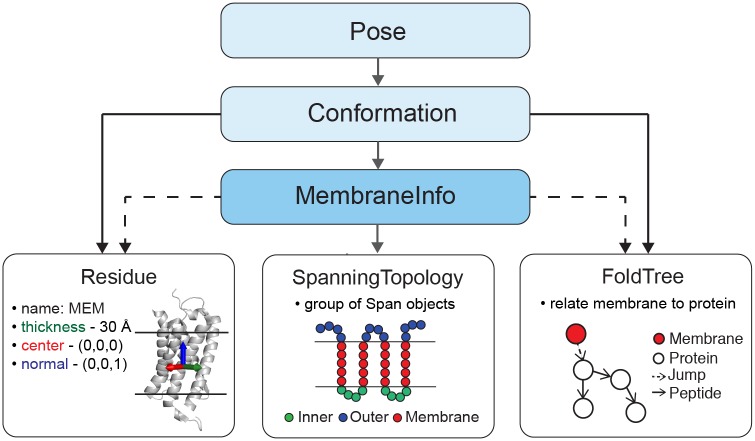Fig 2. Detailed architecture of RosettaMP.
RosettaMP represents the membrane bilayer using three main components connected to a central MembraneInfo object (blue). MembraneInfo stores information needed to represent the membrane (line arrows) and tracks information present in the Pose (dotted arrows). A special Residue type is added to the Pose, describing the geometry of the membrane bilayer by coordinates storing the center, normal and thickness of the bilayer. A SpanningTopology object describes the transmembrane regions of the Pose. The FoldTree uses a jump edge to establish the connection between the membrane residue and the protein. MembraneInfo is also a central repository for membrane-related features such as lipid accessibility of each residue (LipidAccInfo). A full Universal Markup Language (UML) diagram is presented in Fig A in S1 File.

